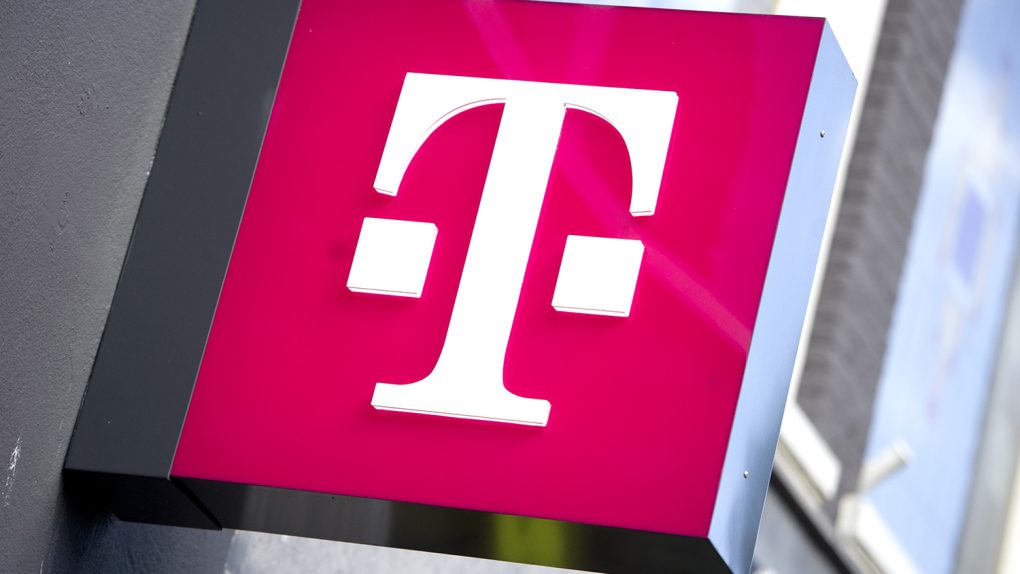If we’re being honest, it’s been a while since we’ve seen a revolutionary new smartphone feature or technology hit the market. While that’s not to say that recent smartphone releases from the likes of Apple and Samsung have been boring, they haven’t exactly engendered waves of excitement either.
Which brings us to 5G. In recent months there has been a tremendous amount of hype surrounding the blazing fast speeds 5G will provide smartphone users. And though broad 5G coverage is still a long ways away, the reality is that 5G may prove to be more of an evolutionary upgrade as opposed to the revolutionary breakthrough we’ve been led to believe. Now this isn’t to say that 5G won’t offer discernible speed improvements, but rather that the actual speeds 5G will enable for most users won’t be as impressive as you might think.
Touching on this very topic, T-Mobile CTO Neville Ray recently penned an informative blog post detailing some of the logistical limitations of 5G that some other carriers have conveniently ignored in the interest of drumming up hype and excitement for 5G.
In a nutshell, Ray articulates that hyper fast speeds provided by mmWave 5G — which is what Verizon is using currently — will simply not be available outside of small areas within densely populated urban cities. The reason? mmWave 5G, on account of it having a high frequency and small wavelength, simply can’t travel far and, more importantly, can’t penetrate buildings with ease.
“Some of this is physics,” Ray writes, “millimeter wave (mmWave) spectrum has great potential in terms of speed and capacity, but it doesn’t travel far from the cell site and doesn’t penetrate materials at all. It will never materially scale beyond small pockets of 5G hotspots in dense urban environments.”
To illustrate this point, Ray released the GIF below:
Ray’s comments here aren’t all that surprising, especially in light of reports that early testing of Verizon’s 5G network in Chicago resulted in a number of issues relating to connectivity and speed.
To this point, CNET’s own 5G experience in Chicago was far from compelling:
At times, the 5G speeds recorded by the Speedtest.net benchmarking test got us the 600-plus megabits per second download speeds Verizon has promised (my peak speed was 634Mbps). Other times it was closer to 200Mbps, and still other times, the phone professed to be on 5G, but acted a lot like 4G. I had a battalion of upload and download tests I was going to try Thursday in downtown Chicago, but it was so hard to keep a 5G connection long enough to run the most basic tests, I had to throw those plans out the window.
Not surprisingly, Ray took some time to throw a few jabs at Verizon:
But some of the pain and frustration people are experiencing is because Verizon rolled out technology that is nowhere near ready for primetime. Verizon basically launched a science experiment using customers as test subjects. I have the exact same 5G mmWave network equipment and software that AT&T and Verizon do, and there’s no way we would launch this for customers right now.
In turn, Ray also explained why T-Mobile’s approach to 5G is superior to what we’re seeing from rival carriers:
Is mmWave spectrum important? Absolutely. But real, game-changing, innovation driving 5G requires broad and deep nationwide coverage. And *that* can only be achieved by using ALL SPECTRUM BANDS.
That’s why only the New T-Mobile will bring #5GForAll.
T-Mobile has a strong portfolio of low band spectrum, which provides the wide area coverage necessary to reach every American. T-Mobile also has mmWave spectrum that provides massive capacity over a very small footprint. It holds big promise for speed and capacity in dense urban areas and venues where large numbers of people gather. And Sprint has the critical middle layer of 2.5 GHz mid-band spectrum, which provides the balance of coverage and capacity that enables a seamless and meaningful 5G experience. Mid-band spectrum is key to providing an ideal mix of coverage and capacity for 5G networks.
Ray also made a point of re-emphasizing that T-Mobile will not charge subscribers more money for 5G access, a point Ray initially made a few months back.








